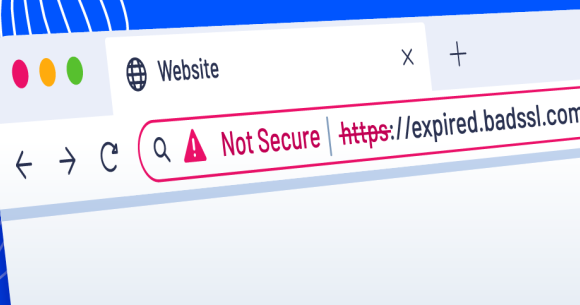For optimal IT health, context is everything
Without observability, using traditional monitoring tools to gauge the health of your entire IT environment is difficult. It is like taking your temperature to see why your foot hurts.
When you wake up with a pain in your foot, do you take your temperature to see what is wrong? Of course not. You would take note of your symptoms. Then think of the context: Did you walk/run too far? Did you stub your toe? With this context you could make an informed decision as to what caused the pain – and what you can do about it.
In technology terms, simply monitoring your systems and infrastructure the old-fashioned way is similar. If your customers are complaining that they cannot access their bank accounts online, do you just look and see that your servers are all working - and then tell your customers they are wrong?
Of course not. You would consider the context. What APIs are they using? Is there any problem with those? Is there an issue with your ISP provider? Did someone modify the firewalls last night? Knowing the full context around your full IT estate means you can find and understand the root cause of the problem - and learn how to fix it. That's observability.
Observability requires using your data in context so you can understand your IT business environment. Only with observability can you act now and act to prevent issues in the future.
Why observability?
In recent years, modern IT estates have become extremely complex, spanning on-premises to cloud and pushing many monitoring teams to the edge of their capabilities. Traditional monitoring has been the canary in the coal mine to date. It can tell you that something is wrong, but too often the message lacks context and meaning. This is not enough for teams struggling to deliver on uptime and reliability metrics. For financial services firms, the world is just too volatile to sample data periodically or take an average.
Especially now. Regulators from the UK’s Financial Conduct Authority, Europe’s Digital Operational Resilience Act (DORA), and global bodies from Hong Kong to Australia, will force financial firms to achieve and publish proof of their operational resilience. They will punish non-compliance with stiff penalties and fines.
In the past, many traditional monitoring tools only told you when IT data was already breached. You could configure thresholds and monitor those, but there was no other context to help identify issues before they happened. Now, with every regulatory jurisdiction bringing in measures that mandate publishing and measuring service level agreements (SLAs) for critical business services, you need the ability to see and fix breaches before they happen.
This requires an observability platform, which provides the ability to see your data over time – trends and patterns are very value to seeing any data in context. It’s like an early warning system. Your site reliability engineering (SRE) team can keep an eye on the flowing data and tell when you are getting close to your internal objectives (SLOs) and indicators (SLIs) – and prevent breaches to your external SLAs. This can only happen if your data is all being stored for use.
In the past, only the data that causes alerts has been stored. Now you need more – that, plus any data that can provide context.
Context is to data what water is to a dolphin
Obcerv is the only observability platform that can help your firm gain full visibility across your IT estate and, in doing so, enables you to regain control of it. With intelligent and highly efficient storage, Obcerv provides your IT operators with an understanding around why issues happen (and will happen), allowing them to accurately decide the best course of action, without the explosion in storage costs which other technologies usually bring.
For example, with Obcerv you can see how far you are from your SLIs/SLOs/SLAs tolerances. Say there is a 10% margin before your SLIs are breached - but it's climbing. With Obcerv, you will get alerts that give you the headroom to act. Obcerv conveniently centralizes critical monitoring data (such as metrics, states, and logs) from infrastructure, applications, networks and other key sources of data into a single repository.
It’s like Obcerv is peering into the darkness of your data – and then shining a light on it to reveal the most likely source of a problem in your IT operations. Obcerv is designed for storing this type of data, so has a data model which gives consistent structure to data from multiple tools.
As a “monitor of monitors” Obcerv brings context and meaning to alerts from your various monitoring systems. Only ITRS’s Obcerv can do this – no one else can.
Context is everything.
Learn more about Obcerv by clicking below.




